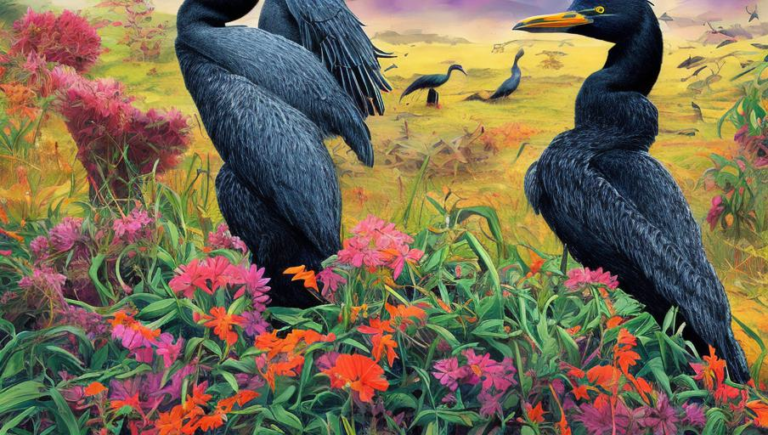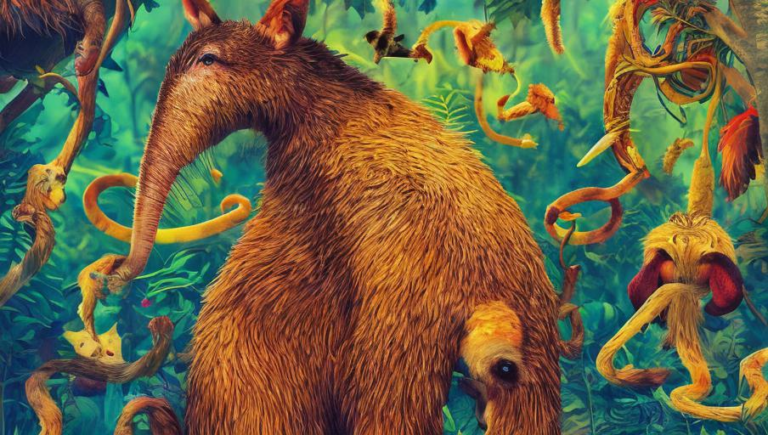Comparing the Different Types of Anteaters

The Different Types of Anteaters
Anteaters are fascinating creatures, belonging to the Xenarthra order of mammals. They’re found in Central and South America and can be found in a variety of habitats, from wetlands to dry forests. Anteaters have long, slender snouts, which they use to feed on ants and termites. Most species have long, powerful claws that they use to dig into anthills and termite mounds. There are four species of anteaters, and each species has its own unique characteristics.
Giant Anteater
The Giant Anteater (Myrmecophaga tridactyla) is the largest species of anteater, measuring up to seven feet in length. It has a long snout, and its tongue can be up to two feet long. It has powerful, sharp claws that it uses to dig into anthills and termite mounds. It is found in open and semi-open habitats in Central and South America.
Southern Tamandua
The Southern Tamandua (Tamandua tetradactyla) is a smaller species of anteater, measuring up to four feet long. It has a shorter snout than the giant anteater, and its claws are not as long. It is found in Central and South America and feeds on ants, termites, and other small insects. It is found in tropical rainforests, dry forests, and mangroves.
Northern Tamandua
The Northern Tamandua (Tamandua mexicana) is a smaller species of anteater found in Central and South America. It is similar in size to the Southern Tamandua, but its snout is shorter and its claws are shorter. It is found in tropical rainforests, dry forests, and mangroves. It feeds on ants, termites, and other small insects.
Silky Anteater
The Silky Anteater (Cyclopes didactylus) is the smallest species of anteater. It measures up to two feet long and has a very short snout. Its claws are short and weak, and it does not dig into anthills. It is found in Central and South America and feeds on ants, termites, and other small insects. It is found in tropical rainforests, dry forests, and mangroves.
It is important to remember that all species of anteaters are protected by law and should not be hunted. It is also important to protect their habitats so that they can continue to thrive in the wild. By understanding the different types of anteaters and their habitats, we can help to ensure their survival.





